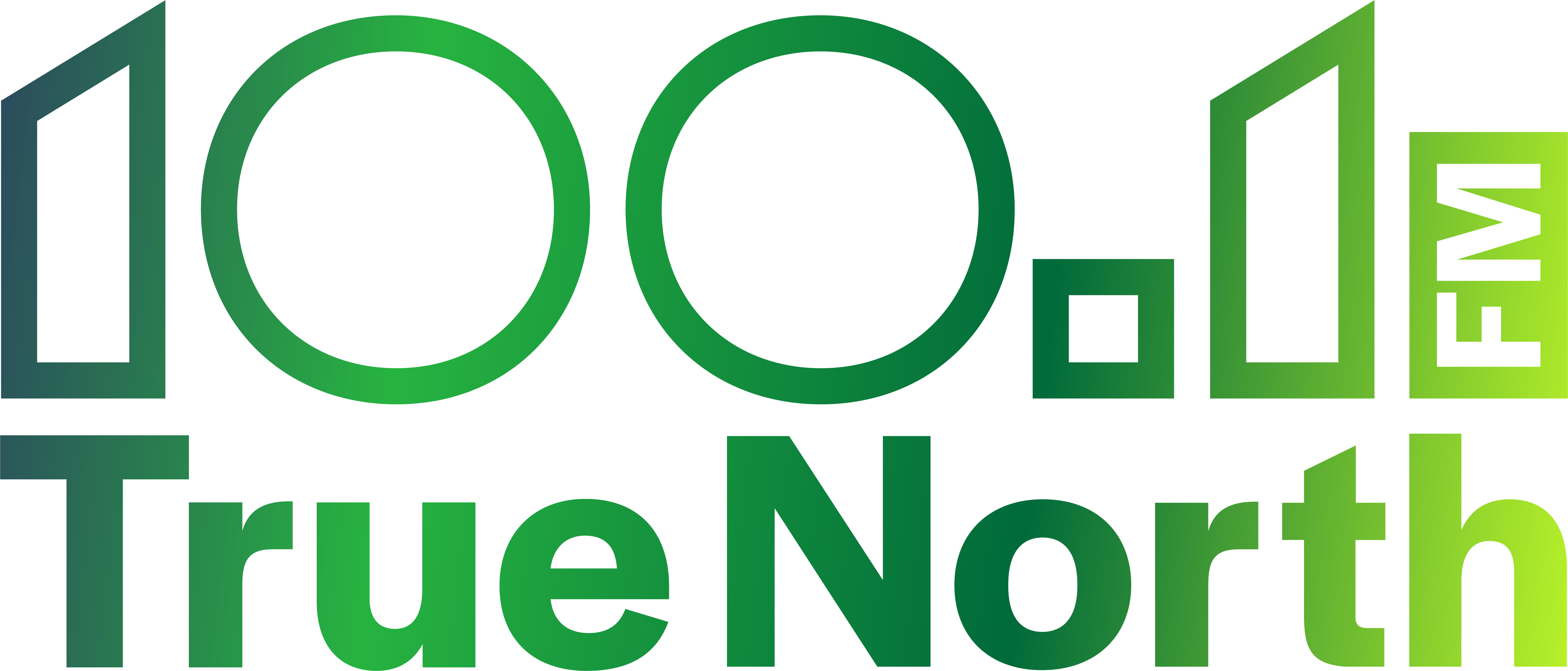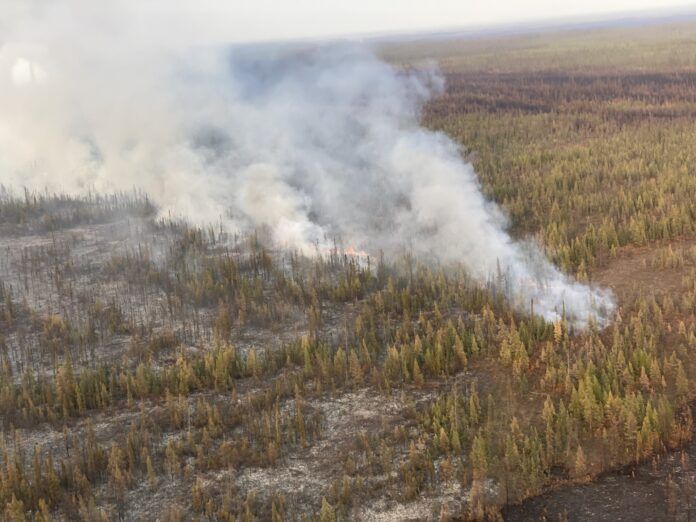A range of fire crews, helicopters and equipment, including a new airtanker, are ready to mobilize for what is forecasted to be a “fairly active” wildfire season.
N.W.T. Fire Operations Manager Richard D Olsen spoke about fire conditions and fire crew preparedness in a session that members of the media attended virtually yesterday.
The department is ready to mobilize a range of fire crews and equipment.
“We’re looking at starting off with having 34 fire crews spread throughout the N.W.T. These are mostly four with a few five-person crews looking to have six rotor wing on and five different tanker groups, which are composed of the two electric groups, two 802 groups, and one CL215 groups,” said Olsen.
Olsen added that most of N.W.T. Fire’s long-term tankers and helicopters will begin to start this week and over the course of the next months, they’ll be bringing more on.
Olsen explained that N.W.T. Fire has the ability to bring more crews and equipment ahead of schedule if needed.
To boot, N.W.T. will have some new equipment this year.
“We’re looking to have our first air tanker, fully operational and ready to be used on fires by the weekend.
Olsen said that 2024 was a “fairly active” wildfire season and “still looking into a lot of areas, it’s going to continue into 2025.”
He explained that last year’s wildfire season saw 174 fires, the official area, burned was over 1.698 million hectares
“Among the top 10 area burned in history and actually slightly below average for the number of fires,” said Olsen.
Olsen spoke about drought conditions across the territories and how this may impact upon fire behaviour and fire weather.
“We ended last year under drought conditions again for a large portion of the NWT, centred around the southern and western section of Great Slave Lake and extending itself last year further into the Dehcho and also into the areas of the Sahtu. So we actually started to see some significant burns and area burned up in the southern portions of the Sahtu in that regard,” she explained.
Olsen said that precipitation over the winter months was average and slightly above average but did not have any significant impact on drought conditions.
“We did overwinter precipitation measuring snow, and in large portions of the NWT, it looks like we’re starting to get back into normal or slightly more below normal snowfalls. Maybe a couple areas in the East arm that saw a little bit above average snowfall, but generally nothing that’s seen as a significant amount of snow that really looked to make a large change and impact on the forest floor and the duff layers that we look at in terms of how deep and severe some of these fires might burn,” said Olsen.
Olsen explained that N.W.T. Fire anticipates that drought conditions will continue.
“We’re starting to anticipate that again, for areas around the lake into the Dehcho, southern portions of the Sahtu, We’re probably going to start out the season with higher than normal drought code type of conditions,” he added.
Olsen said that they’re seeing “severe drought” for a large portion of N.W.T., mostly near Western South Slave and the Dehcho areas, which has extended itself into Northeastern BC and Northwestern Alberta.
Olsen added that it’s difficult to predict summer precipitation patterns.
“We’re not really seeing any indication that’s going to show us with any kind of certainty the type of precipitation that we’re going to see as we get into sort of the June, July and August types of periods. Most models still are suggesting that as we get into June, July and August, we are going to see above average temperatures of a few degrees,” said Olsen.
“Certainly with the above average temperatures, we’re going to have lower RH type of conditions and drier conditions, that’ll support fire kind of growth,” added Olsen.
In consideration of the drought types of conditions, fire crews will be dealing with a number of environmental factors that affect fire danger.
Olsen said that the analysis done through Natural Resources Canada suggests that N.W.T. will see “overall average” fire behaviour types and conditions through to June.
As the wildfire season moves into July and August, there is a potential for that to change.
“As we get into July and August, we are expected to see, potentially above average types of conditions. And they are looking at that through BC, Alta. Sask. and Man. and some portions of the N.W.T, conditions might be well above average,” said Olsen.
“That’s kind of consistent with what we’ve been looking at for what’s happening in this in the United States,” added Olsen.
Some forecasts are showing some “really high eye level blockings” and extreme warm, dry areas within regions south of the Canadian border, warned Olsen.
These conditions “likely could extend an influence” on conditions into regions north of the Canada-US border and into the N.W.T. – a “reminder that we live in a fire environment,” said Doug.
“So we’re always expecting to see fires and if they do start in the wrong types of locations at the wrong time, they could have just as bad of an impact under lower moderate conditions, as they could under the extreme types of conditions,” he warned.
Olsen said N.W.T. is following through on the majority of the recommendations from the 2023 Wildfire Response Review, and looking to address more of the recommendations as more resources and funding come in. The department is coordinating to fully adopt all the recommendations.
With support of funding from the federal government through some National initiatives, N.W.T. Fire was able to bring on additional equipment, including helicopters and tankers again for this summer, said Olsen.





